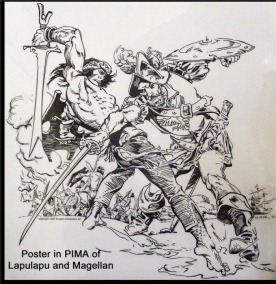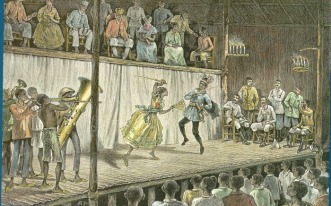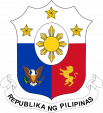FMA

The mother art of the Filipino martial arts is the original style of the bladed weapon developed by the indigenous Indo-Malay inhabitants of the Philippines during the 13th century. During the Spanish occupation of the Philippines over 400 years ago, the art was banned and the Spanish promoted its practiced as a deadly recreation. In response, the Filipino adapted "Doce Pares" a Moro-moro play a socio-religious designed to surreptitiously incorporate the fighting techniques of the original Filipino combat arts into its creative combat dances and movements.
MORO MORO

Viewing these play as mere entertainment, the Spanish overlords remained oblivious to the true meaning of the actor's movements. Sparked by his development of Moro-moro plays and continued underground practice, this period marked the birth of "Arnis de Mano": the art of hand to hand combat which incorporates weaponry (an assortment of bladed weapons and wooden stick called baston and brokil) into its self defense and combative techniques. However, the strong Spanish influence would come to bear on naming conventions in these latest refinements. Today, arnis de mano is openly demonstrated and organized as a national sport of the Philippines. One of the many support organizations is the Paete Arnis Club founded 1920 by a group of Arnis masters from Laguna province on the island of Luzon. Since inception, it has supported a bi-annual tournament and the "Moro-Moro" traditions of ancient times. July 24-25 is the set date for the Paete town fiesta while November 4 marks the San Antonio Abad. The two events comprise the "Palaro" (Arnis Games) sponsored by the Arnis consortium including Centurion Original, Paete Arnis Federation, and a number of other organization in Laguna, Quezon and Rizal provinces.



